Classified government operations rarely ever see light under the scrutiny of the public eye, more so with a nation like ours, where privilege to information isn’t particularly our forte. But a not-too-recent declassification of one of India’s Investigation Bureau (IB) and American intelligence agency CIA’s joint operation from over 50 years ago at the peak of Nanda Devi, uncovered a horrific prospect. What’s more interesting is the fairly tepid investigation behind the possible consequences of this mysterious event, that seems mostly ignored.
Here’s what happened at the Nanda Devi peak back in 1965.
In October 1965, Indian and American intelligence agencies set up a covert operation to the Nanda Devi peak to keep tabs on China’s growing nuclear capabilities.
Three years after India’s defeat to China, at the height of the cold war brewing between the Eastern and Western blocs, it was considered imperative to keep tabs on China’s military development. In 1964, China had tested its first nuclear weapon in the Xinjiang province, egging on a clandestine operation by the Indian and American governments to the Himalayan peak close to the Chinese border. The objective of the joint mission between the IB and the CIA was to install a remote nuclear sensor atop the Nanda Devi peak, at about 25,643 ft.
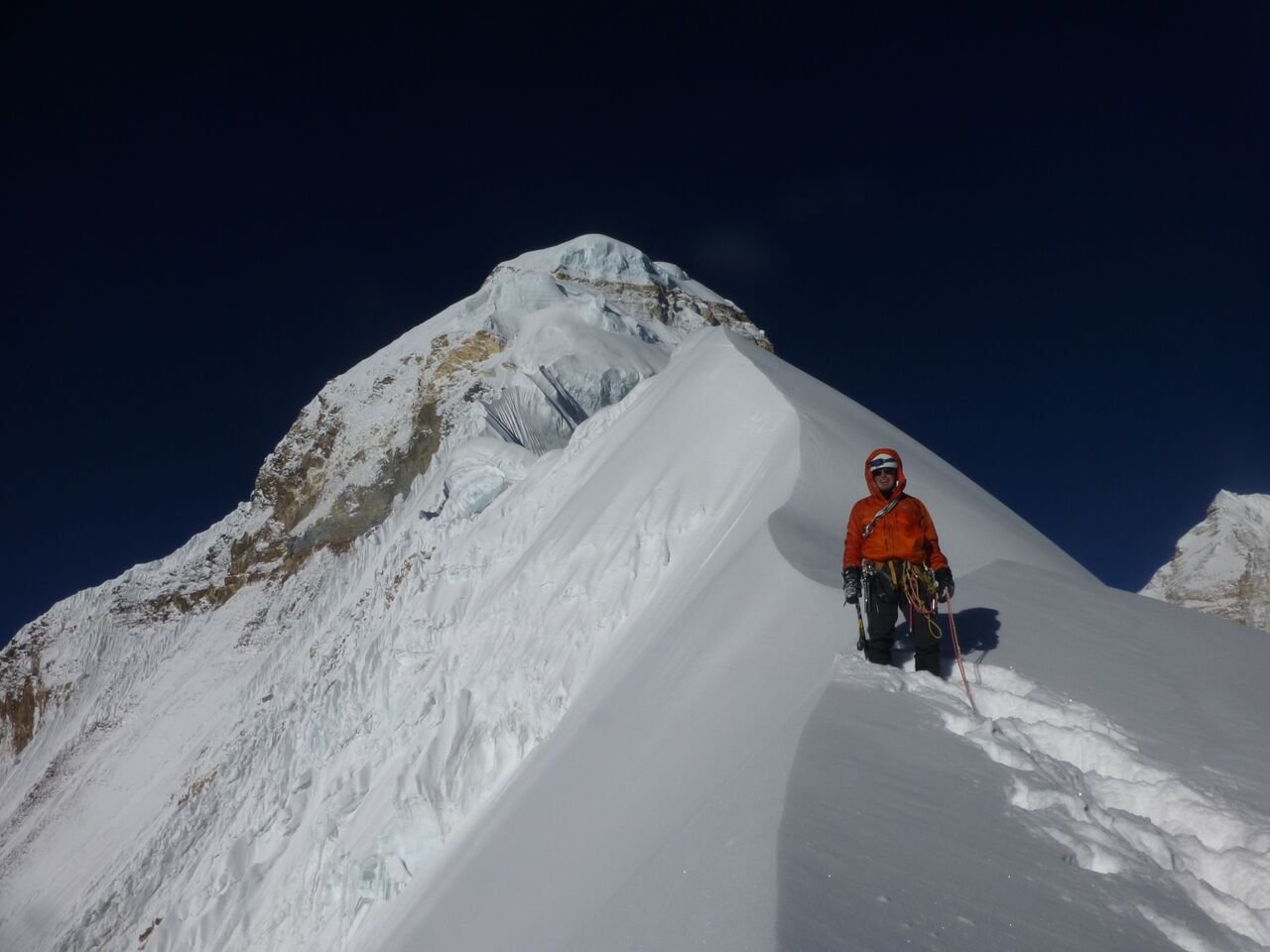
On October 18, the team had to abort the mission due to hazardous weather conditions, leaving behind the equipment, which included 7 Plutonium capsules.
After reaching Camp IV, at about 24,000 ft, the team had to abort installing the sensor, and leave behind the equipment. 56 kgs of operational equipment that included an 8 ft high antenna, two transceiver sets and a system for nuclear auxiliary power (SNAP) generator. This, apart from the generator’s nuclear fuel – 7 plutonium capsules in a special container – had to be secured at Camp IV in order to save the team members.
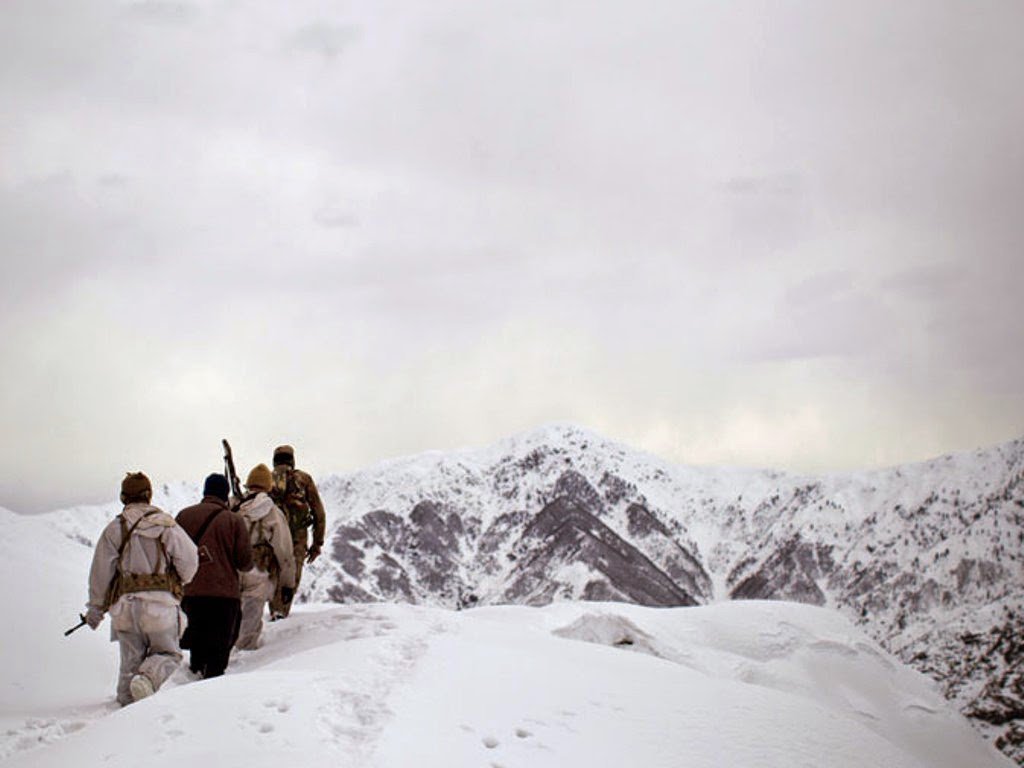
A second mission was sanctioned to retrieve the equipment in 1966, but they found nothing.
In May, 1966 the team that was sent in to Camp IV for the retrieval reported missing equipment, including the deadly Plutonium, which was “about half the size of the atomic bomb dropped on Hiroshima,” said team leader Manmohan Singh Kohli in an interview with Livemint. The equipment has not been found since, and Kohli claims that the Plutonium capsules have the longevity of over 100 years and could still be buried in the snow.
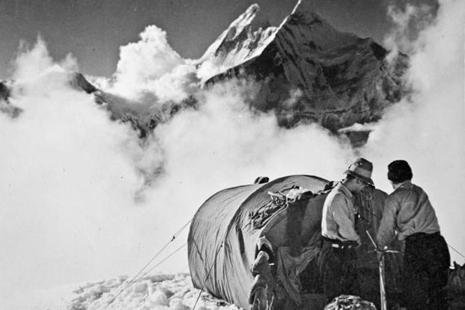
Certain claims point toward sherpas and jawans who participated in the 1965 mission having died of cancer due to radiation poisoning.
There seems to be a cacophony of arguments on the claims of certain jawans having died with cancer caused by radiation exposure during the mission, dismissing each other as conjecture. Yet, former India Mountaineering Federation vice-president Harish Kapadia said in the interview with Livemint, “The sherpas who carried the gadget had a lot of exposure, and the threat of radioactivity is certainly there.” The real fear was the poisoning of the Rishi Ganga, the river that drains the Nanda Devi glaciers into the Ganga.
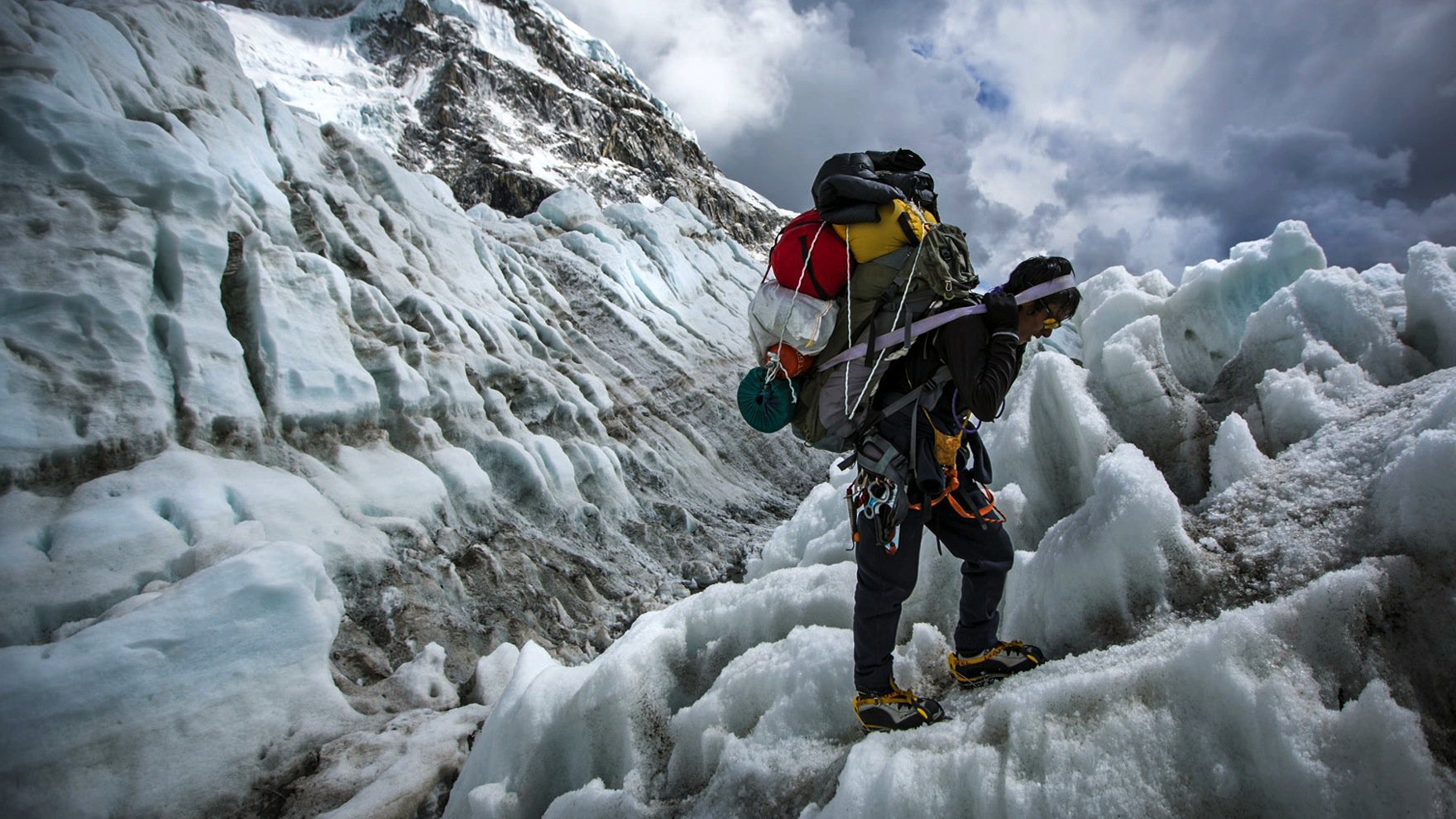
Tests conducted by climber Pete Takeda of samples from the peak area, showed evidence of the Plutonium. The union government ignored his findings.
Between 2004-07 Takeda collected samples of water and silt from the Nanda Devi area and sent them in for testing to two American laboratories. One of the test results negated any detection of Plutonium beyond the natural amount, while the other result indicated presence of Plutonium from the device. “I don’t feel the Indian Government has enough concern about this issue to take note,” Takeda told Livemint.
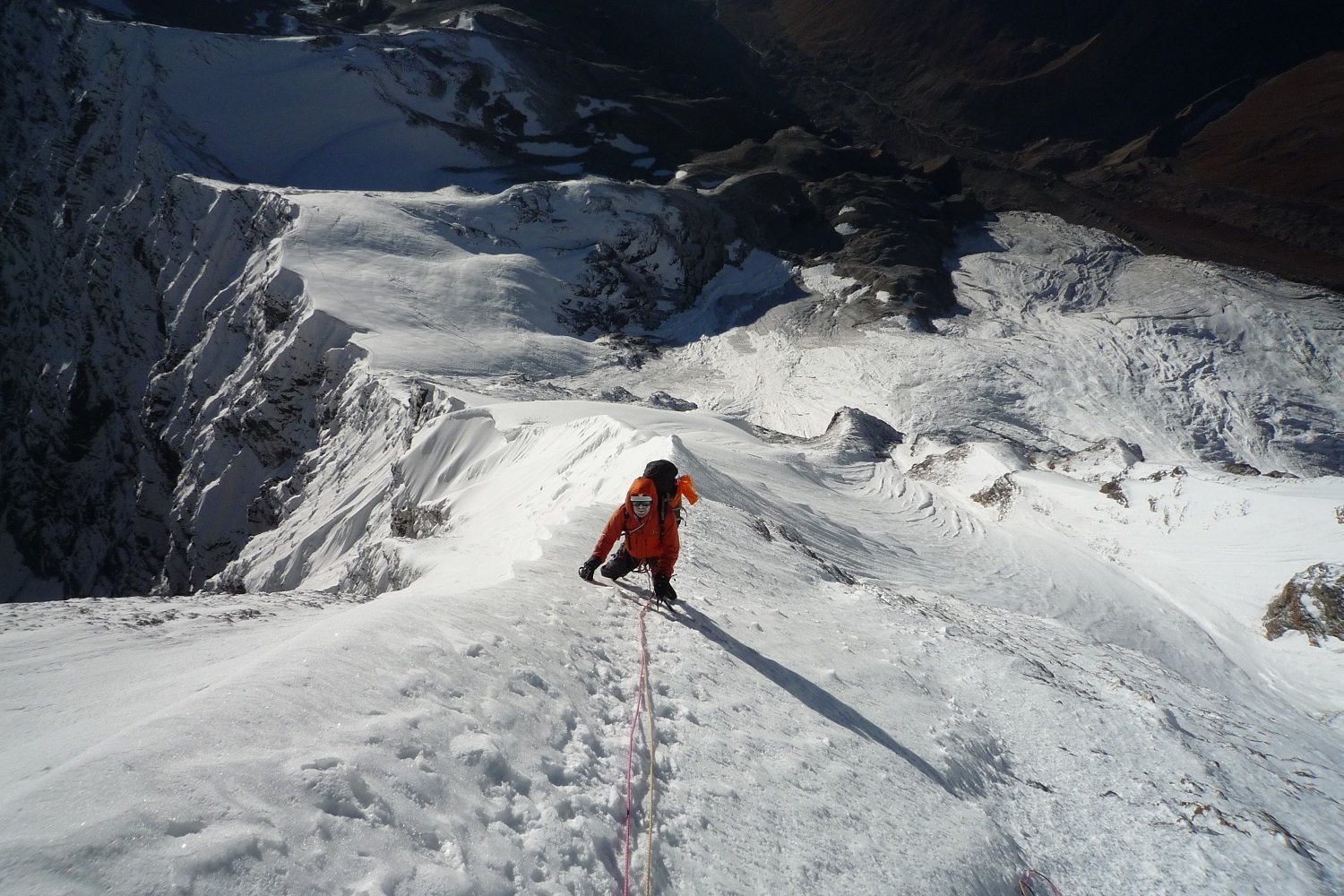
“Considering that over 200 people were involved and it went on for three years, this was the 20th century’s greatest mountaineering-cum-espionage operation. It stretched the limits of human endurance,” Kohli told Livemint. There had been over a dozen ascents to the Nanda Devi peak between 1965-68, described by climber Tenzing Norgay as one of the most difficult Himalayan climbs.
An unsolvable mystery from history.
Story Originally Published By Livemint.com, Masthead and Feature Image Source: himalayancottage.in

















